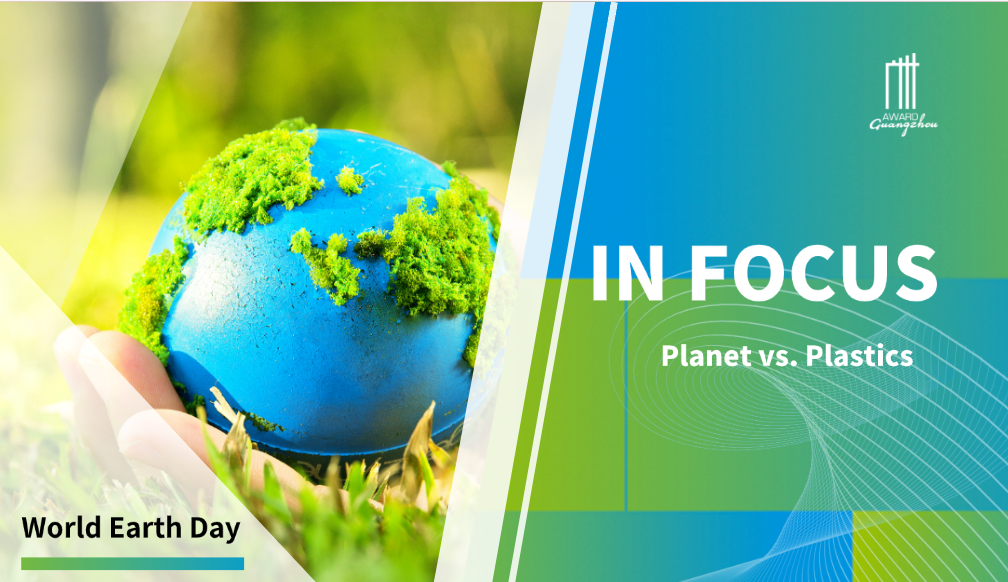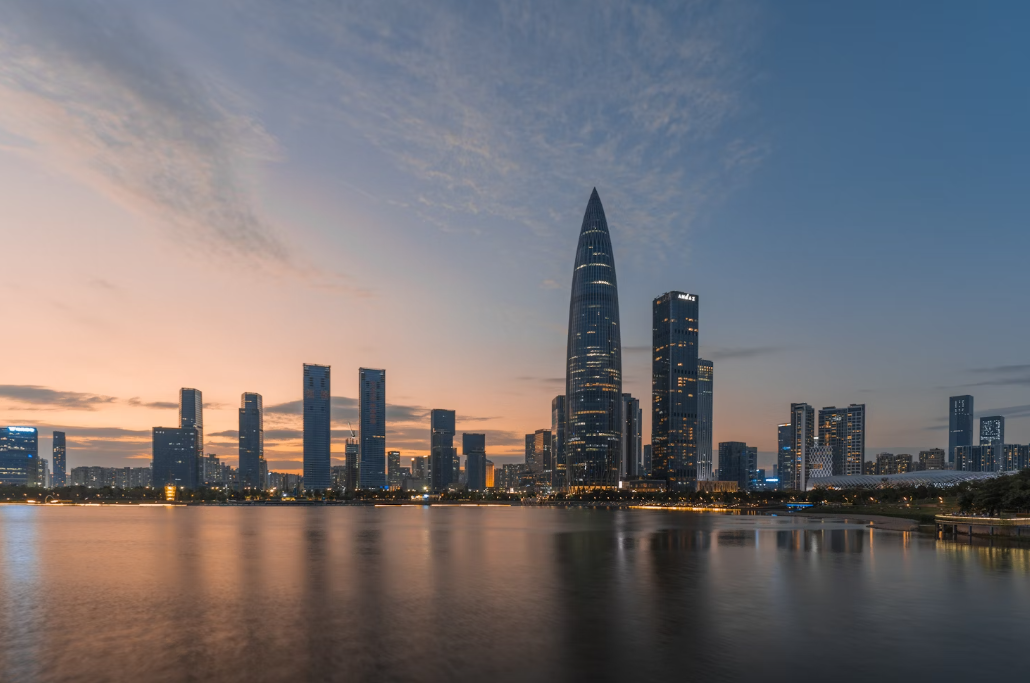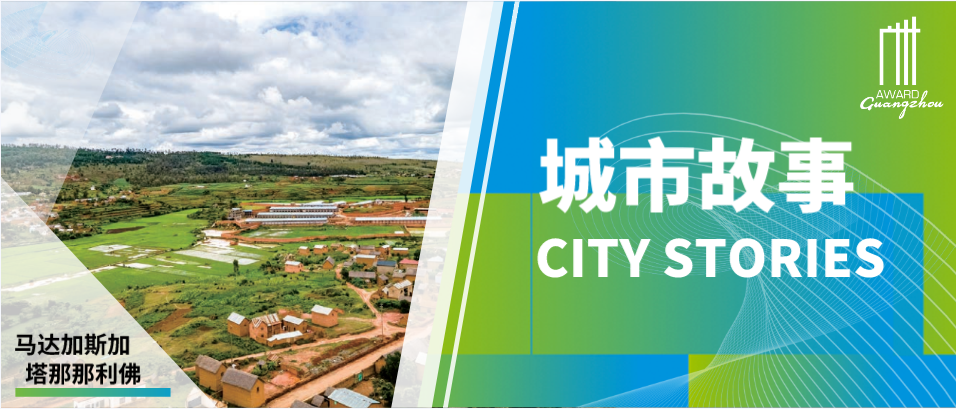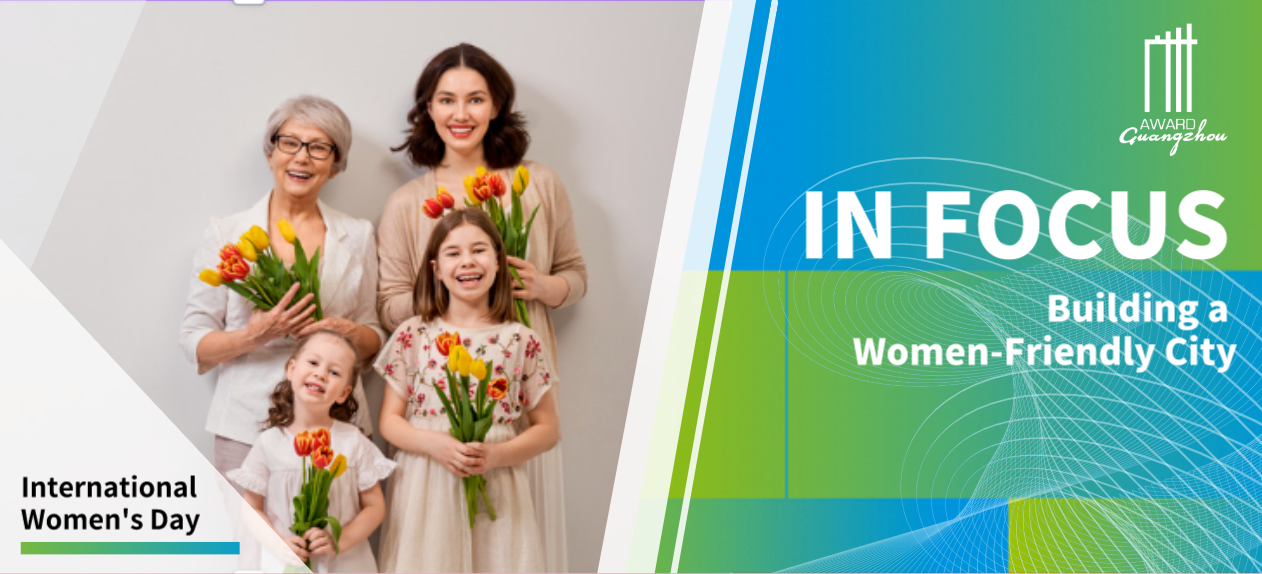Sydney, Australia
Delivering Sustainable Sydney 2030 - Addressing Climate Change
Background Information
Sustainable Sydney 2030 is the strategy developed by the city to ensure we have a city that cares about the environment, has a strong economy, supports the arts and connects its people with each other and the rest of the world. It is the cornerstone of everything we do and has set goals for our city to help make it as green, global and connected as possible by 2030. The plan is transforming the way we live, work and play.
Goals of the Initiative
The city set ambitious targets and goals to deliver a green, global and connected city: To be a leader with outstanding environmental performance and new “green” industries driving economic growth and reducing our carbon emissions, energy, water demand and waste, both for our own operations and the local government area. This has required the development of innovative policies and programs, working with our diverse communities to educate and empower them, and ensuring we had a method for measuring and evaluating our progress.
Parties and Partners to the Initiative
To achieve the ambitious targets relies on effective partnerships. The programs the city has implemented to reduce carbon emissions, water demand and waste all rely on partnerships. The Better Buildings Partnership relies on commercial property owners, the City Switch program on commercial tenants, and our Residential Apartment Sustainability Plan on residential property owners, to actively engage in and undertake property upgrades to reduce their carbon emissions.
All parties are benefiting: For example, preliminary results from 2014-2015 show Better Buildings Partnership members have cut emissions by 45 percent, saving $30 million a year.
Resources Used for Implementation
The city has funded and sourced the development of programs and policies and their implementation. This has involved the establishment of new teams and the engagement of strategic, operational and managerial staff.
The city has funded its own retro-fit program for key buildings such as the installation of photovoltaic panels across 25 sites and the rollout of LED lighting across the LGA, which has seen 6,604 conventional lights replaced.
The city has introduced an Environmental Grants program to support the development or implementation of new technologies or processes currently not being used in the local market, with potential to reduce greenhouse gas emissions and improve efficiencies across our area; support organizations to undertake energy ratings and audits for the first time; and support environmental solutions to reduce energy and water consumption, or reduce waste in buildings and facilities.
The city has also worked with the state government to introduce environmental upgrade financing for commercial property owners to encourage the upgrade of older commercial properties.
Innovation for the Initiative
The city’s actions to address climate change are revolutionary. Many have not been tried in the NSW context but may have been either in other states or internationally. Gaining buy-in from our partners was a significant risk. The roll-out of LED lighting in the city’s streets and parks is an example of a project undertaken for the first time in Australia, and one of the first internationally, which required significant research and trials to mitigate project risks.
Innovation has been applied in
The city’s LED lighting rollout saw the city work closely with a provider to design, test and measure the effectiveness of new technology prior to wider implementation. The project has been a success and other international cities are now installing LED lighting in the public domain.
Environmental Upgrade Agreements are an innovative finance model, with local government and financial institutions partnering to provide finance to commercial property owners to upgrade properties, improving their environmental performance. This is the first time local government and financial institutions have partnered in this way in NSW, requiring new and robust governance arrangements.
The city’s programs such as City Switch, the Residential Apartment Sustainability Program and the Better Buildings Partnership are also unique programs, which required new ways of thinking, influencing and working with stakeholders.
Obstacles and Solutions for Innovation
Legislative and regulatory obstacles have had to be overcome which has required advocacy on the city’s part. For example, legislation to enable Environmental Upgrade Agreements needed to be introduced.
There is resistance among other levels of government to accept climate change and the need to take action. The city continues to advocate for action to address climate change and build relationships with organizations and individuals who can also advocate for change.
Outcomes and Assessments
The city aims to build the capacity of our communities to adapt and respond to a changing climate, take action to limit our impact on the environment, and maintain the well-being and prosperity of our city. While the impact is primarily local, action to address climate change has a global impact.
We have seen improved environmental sustainability and behavioral change among our communities.
The city reduced our greenhouse gas emissions by 26 percent and across our local government area by 19 percent. In 2011, the city was Australia’s first certified carbon-neutral local government.
We now source three percent of our electricity from local renewable energy sources and have had zero increase in potable water use from 2006 despite an increase in the amount of open space we irrigate.
We have achieved our targets of annual resource recovery from waste of 56 percent, and 69 percent of residential waste is diverted from landfill.
More than 620 businesses in the Smart Green Business program are saving over 1 gigaliter of drinking water annually through water efficiency measures.
12.5 km of new separated cycleways have been installed, reducing our reliance on cars.
Methods Applied
The city has invested in and developed new ways of measuring our energy usage, greenhouse gas emissions and worked with external parties on improved measurement of resource recovery.
The city has also, as an example:
•Worked with providers on new technology such as LED Lighting;
•Developed tools to help commercial tenants reduce their environmental footprint;
•Developed innovative finance models to incentivize commercial property owners to upgrade the environmental performance of their properties.
-
 In Focus | The World Earth Day: Planet vs. Plastics
In Focus | The World Earth Day: Planet vs. Plastics -
 Urban Innovation in China | Shenzhen: How to Maintain Momentum to Achieve Carbon Peak by 2030 While Leading Green and Low-Carbon Development?
Urban Innovation in China | Shenzhen: How to Maintain Momentum to Achieve Carbon Peak by 2030 While Leading Green and Low-Carbon Development? -
 City Stories | Antananarivo, Madagascar: Building Resilience in the City Food System
City Stories | Antananarivo, Madagascar: Building Resilience in the City Food System -
 In Focus | International Women’s Day: Building a Women-Friendly City
In Focus | International Women’s Day: Building a Women-Friendly City























 Tel: +86 20 3780 4434
Tel: +86 20 3780 4434 Email: info@guangzhouaward.org
Email: info@guangzhouaward.org Address: Rm 1609, FuLiXinTianDi, No.307 Guangzhou Dadao Zhong, Yuexiu District, Guangzhou, Guangdong, 501600, PRC
Address: Rm 1609, FuLiXinTianDi, No.307 Guangzhou Dadao Zhong, Yuexiu District, Guangzhou, Guangdong, 501600, PRC




